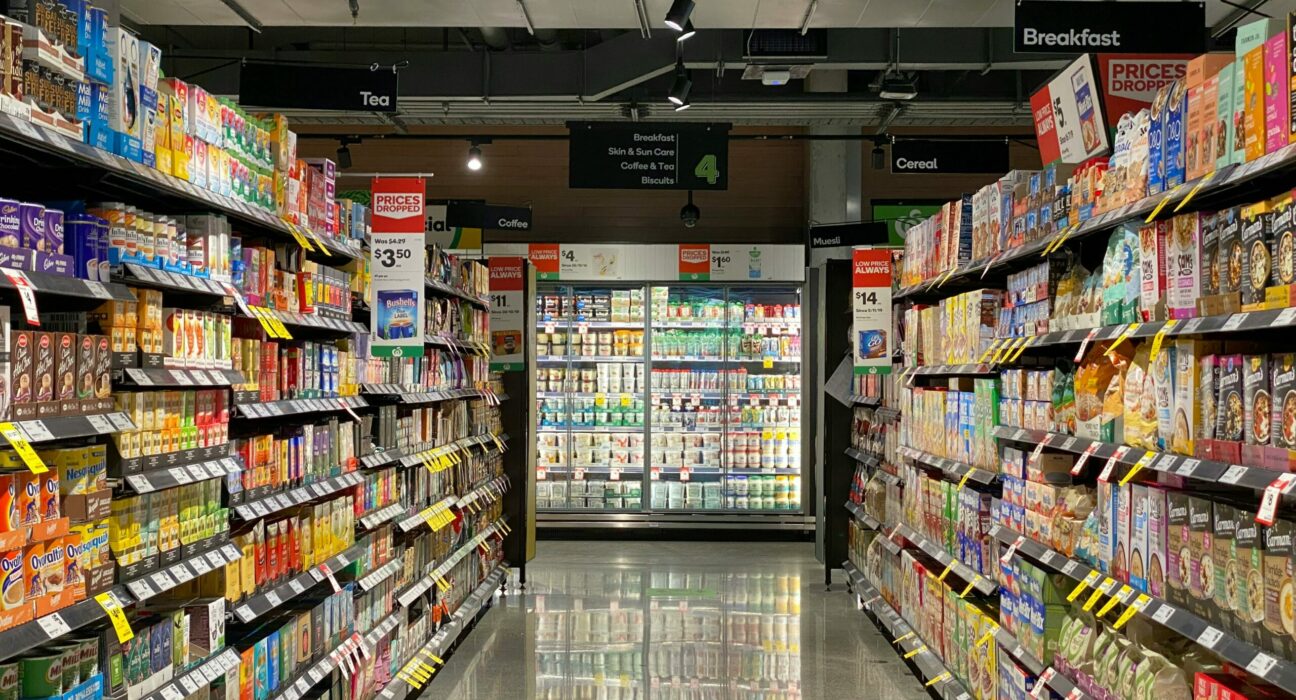Grocery shopping has quietly become one of the biggest pressure points for household budgets.
Prices keep rising, families feel squeezed, and the old advice — clip coupons, hunt sales, spend hours planning — just doesn’t fit into modern life anymore.
But the good news? You can still save hundreds (even thousands) of dollars a year on groceries — without ever touching a pair of scissors or downloading messy coupon apps.
In 2025, saving money on groceries is about smart habits, modern tools, and intentional shopping — not old-school discount hunting.
Here’s exactly how to start saving serious money on your grocery bill — without using coupons.
Why Grocery Spending Is So Dangerous for Budgets
Grocery spending feels safe compared to luxury shopping or dining out.
But it’s deceptive. Even small, repeated overspending at the store adds up faster than most people realize.
If you overspend just $25 each week on groceries:
That’s $100 extra per month
Or $1,200 wasted each year
Food is emotional.
We justify overspending by telling ourselves we “need” it, or that we’ll “eat better” if we buy more.
But the truth is, most food waste starts with over-shopping, not bad intentions.
Modern grocery stores are designed to make you spend more — not save more.
You must be intentional to win.
Smart Strategy 1: Plan Meals with Cheap Staples at the Center
Meal planning isn’t glamorous, but it’s powerful.
Instead of planning dinners around what sounds good in the moment, build your weekly meals around cheap, versatile staples like:
Rice
Pasta
Beans
Frozen vegetables
Eggs
Canned tuna or chicken
These ingredients are shelf-stable, low-cost, and can stretch into dozens of different meals.
A simple $1 bag of rice can become:
Rice bowls
Stir fry base
Burrito filler
Fried rice lunches
When you build meals around staples first, you dramatically cut your grocery costs without sacrificing nutrition or variety.
Want to boost your savings even faster? Read 7 High-Impact Ways to Save Money Fast (Without Feeling Deprived) for more simple strategies you can stack on top.
StackCents Tip: Choose 3–5 “base” ingredients every week. Rotate spices and sauces for variety without raising your bill.
Smart Strategy 2: Shop Your Pantry Before You Shop the Store
Before you even touch a shopping list, open your fridge, freezer, and pantry.
Many people have days or even weeks worth of meals already sitting in their homes — forgotten canned goods, frozen meat, half-used pasta boxes.
The grocery store’s job is to make you feel like you “need” more.
Your job is to use what you already paid for first.
Create one “clean out the pantry” meal each week.
You might discover you only need a few fresh items to complete your meals — cutting your weekly grocery trip dramatically.
Smart Strategy 3: Use Loyalty Apps, Not Coupons
Couponing feels outdated because it is.
Instead, many grocery chains in 2025 have loyalty apps that:
Track your purchases
Offer instant discounts on items you actually buy
Give cash back automatically without paper coupons
Apps like:
Kroger Rewards
Target Circle
Safeway’s Just For U
allow you to activate discounts with one tap — no clipping, no remembering codes.
Some apps even send you personalized discounts every week based on your past shopping behavior.
If you need help tracking your spending and finding the best cashback deals, explore 5 Easy Budgeting Apps to Help You Take Control of Your Money.
Pro Tip: Set a weekly reminder to check your loyalty app offers before you step into the store.
Smart Strategy 4: Buy Store Brands Strategically
Store brands (also called private labels) are no longer low-quality alternatives.
In fact, many store brand products are manufactured by the same companies as name brands — just without the marketing costs.
Studies show that switching to store brands on just 10 common items can save an average shopper $30–$50 per month.
Key products where store brands often match or beat national brands:
Canned vegetables
Dairy (milk, yogurt, cheese)
Baking supplies (flour, sugar)
Cleaning products
Pasta and rice
For higher-end products (specialty cheese, imported foods), brand names might still win — but for basics, store brands dominate.
Smart Strategy 5: Master Unit Pricing (Not Flashy Sales)
Grocery stores love to distract you with flashy “sales” signs — but bigger packaging doesn’t always mean better deals.
Learn to read unit pricing:
The tiny label under the price tag that says price per ounce, pound, or liter
Sometimes the “family size” pack is actually more expensive per ounce than buying two smaller packages.
Smart shoppers always check unit prices, even on sale items.
Let math, not marketing, guide your cart.
Smart Strategy 6: Limit Grocery Trips to Once Per Week
Every trip to the store is an opportunity to impulse-buy:
That $5 snack you didn’t plan on
That extra $10 frozen pizza for “emergencies”
That second bag of chips because “why not?”
Reducing your grocery trips to once per week forces you to plan better — and dramatically cuts down on temptation purchases.
If you forget something, improvise.
It builds creativity — and saves hundreds per year.
Consistency is key. For more daily financial habits that can change your future, check out 10 Daily Habits That Will Make You Financially Stronger Over Time.
StackCents Tip: Create a running grocery list on your phone. Add items throughout the week. Review before shopping day to avoid extra trips.
Why Small Grocery Wins Matter
Saving $10 here and $20 there might not sound exciting.
But grocery savings are powerful because they are consistent.
Small savings, compounded over 52 weeks, create real financial impact:
$20/week savings = $1,040/year
$40/week savings = $2,080/year
That’s an emergency fund, a vacation, or the beginning of an investment account.
Saving on groceries isn’t about being cheap.
It’s about being smart — and choosing to put your money toward your real goals, not automatic spending habits.
Conclusion
You don’t need coupons, endless planning, or obsession to win the grocery game in 2025.
Modern saving is about:
Building meals around cheap staples
Using what you already have
Activating instant loyalty discounts
Choosing store brands smartly
Checking unit prices carefully
Shopping less often, but more intentionally
Each smart choice builds momentum.
Each dollar saved puts you closer to real financial freedom.
Saving money isn’t about sacrifice — it’s about control.
And when you control your grocery spending, you control one of the biggest hidden leaks in your entire financial life.
Start this week — and by the end of the month, you’ll already feel the difference in your wallet.





